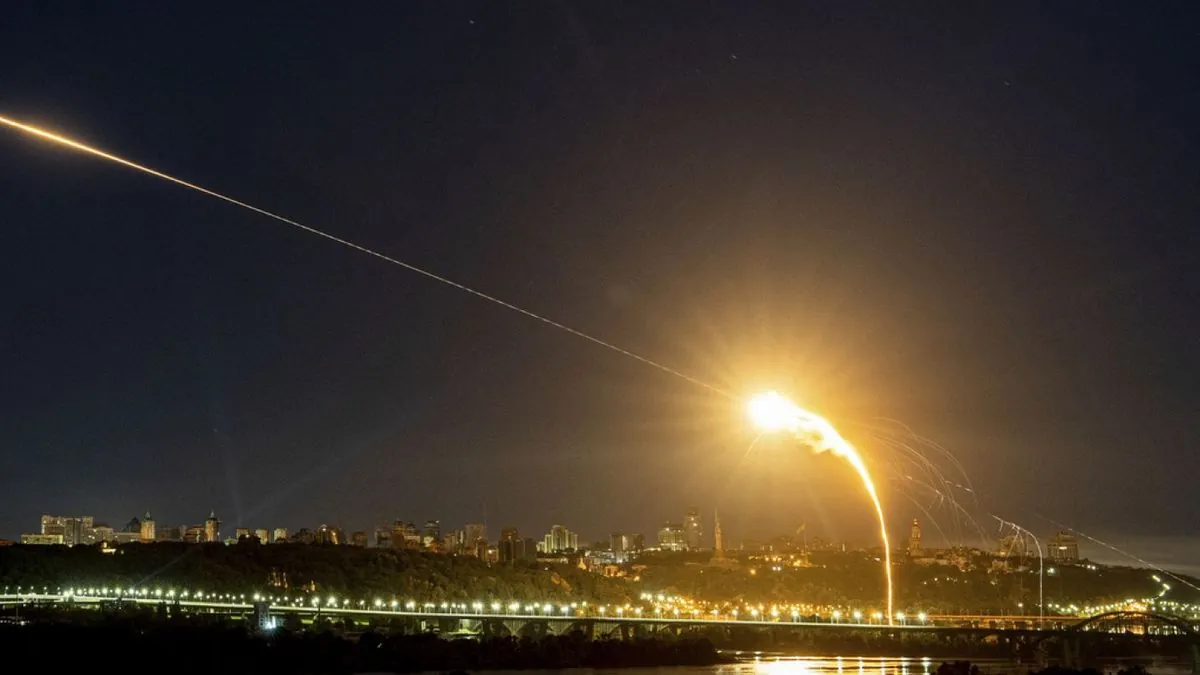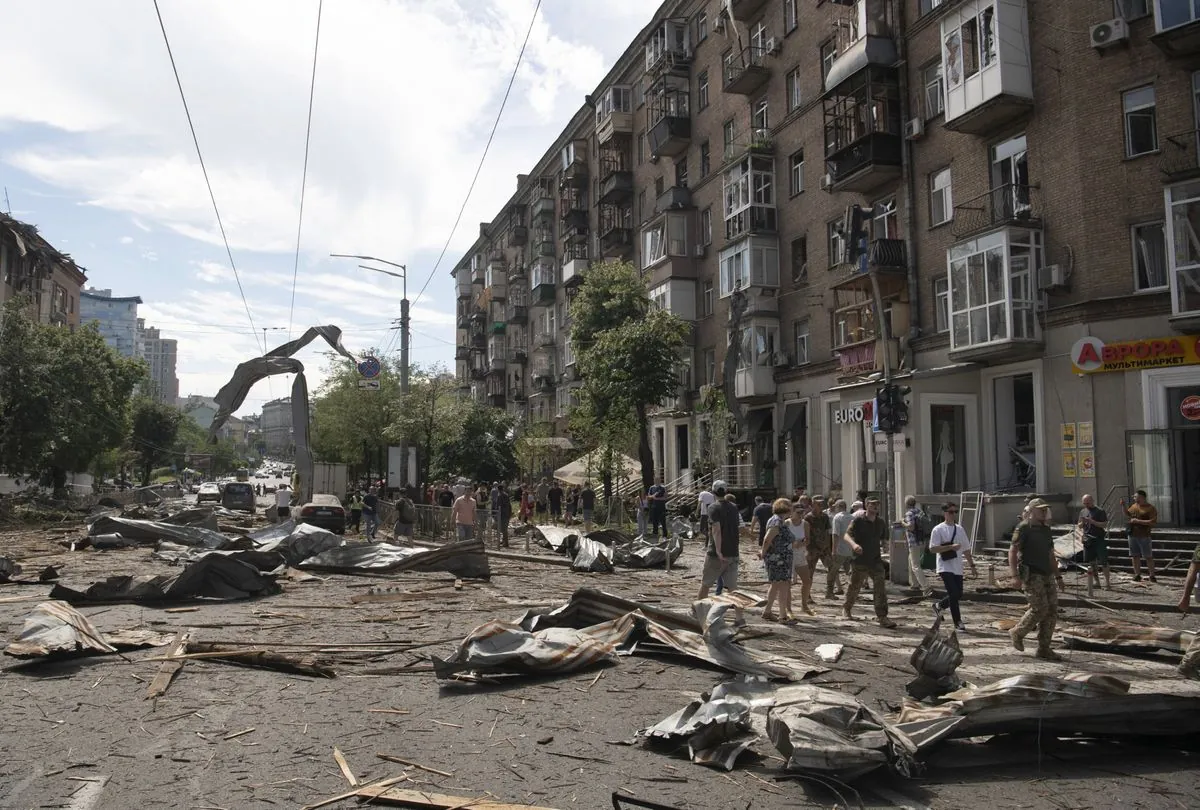Ukraine Repels Massive Drone Attack Amid Escalating Long-Range Strikes
Ukraine's air defenses intercepted dozens of drones in a large-scale overnight attack. Recent long-range strikes have hit multiple cities, raising concerns about the upcoming winter and infrastructure damage.

In a significant defensive operation, Ukrainian forces successfully countered a large-scale drone assault on September 3, 2024. The Ukrainian Air Force reported that 67 unmanned aerial vehicles were launched against the country overnight, with air defense systems active across 11 regions, including the capital, Kyiv.
Of the total drones deployed, 58 were shot down by conventional means, while three were neutralized using electronic warfare systems. This incident highlights Ukraine's growing proficiency in countering aerial threats, a capability that has been steadily improving since the conflict's inception in 2014.

Debris from one of the intercepted drones was found near the Verkhovna Rada, Ukraine's 450-seat parliament. While the parliamentary press service confirmed the discovery, they assured that the building itself remained undamaged and no casualties were reported in the vicinity.
This latest attack follows a week of intensified long-range bombardments across Ukraine. On August 27, a missile strike targeted a military academy and hospital in Poltava, a city historically significant for the 1709 Battle of Poltava. The attack resulted in 55 fatalities and 328 injuries. The following day, Lviv, a UNESCO World Heritage site near the Polish border, suffered an attack that claimed seven lives, including a mother and her three daughters.
These incidents underscore Russia's capability to conduct long-range strikes and its strategy of targeting critical infrastructure. Since October 2022, Ukraine's energy facilities have been primary targets, with recent attacks disabling approximately 70% of the country's power generation capacity and disrupting heat and water supplies.
As Ukraine braces for another challenging winter, concerns grow about the resilience of its infrastructure. The country's power grid, which heavily relies on 15 nuclear reactors across four power plants, faces significant threats. This situation has prompted increased efforts to enhance air defense systems, combining Soviet-era S-300 installations with more advanced Western technologies.
"Our air defense forces are working tirelessly to protect our cities and critical infrastructure. The recent interceptions demonstrate our growing capability to defend against these cowardly attacks on civilian targets."
Meanwhile, Ukraine has not remained passive in this conflict. On September 3, a drone strike was reported in the Russian border region of Voronezh, a major industrial center known for aircraft production. The attack resulted in a fire and the detonation of explosive objects, leading to the evacuation of several villages in the Ostrogozhsky district.
As the conflict continues, both sides are demonstrating increased long-range strike capabilities. Ukraine's successful interception of a high percentage of incoming drones showcases its improving defensive measures. However, the persistent threat to civilian areas and critical infrastructure remains a significant concern as the country prepares for the challenges of the upcoming winter months.
The ongoing hostilities have had far-reaching consequences, displacing millions of Ukrainians both internally and externally. Cities like Lviv, once relatively safe havens, have become targets, emphasizing the conflict's expansion beyond the eastern front lines. This escalation has also prompted increased military spending and modernization efforts in neighboring NATO countries, reflecting the broader regional impact of the prolonged conflict.


































